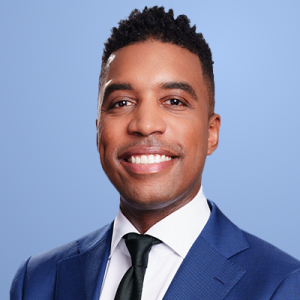Journalists descended on Ferguson, Missouri nearly two weeks ago to follow a community’s response to the fatal shooting of one of their own.
In bringing audiences a wide range of stories and perspectives, those same reporters were threatened by law enforcement, gassed and arrested — just like many of the protestors.
It’s not up for debate as to whether there’s value in the reporting seen in Ferguson, but at what point is the media no longer being valuable and just getting in the way? According to some, that line might’ve been crossed sometime this week.
“I feel like I’m just a part of this large media circus that has just consumed these three blocks.”
Ryan Schuessler, a freelance photojournalist for Al Jazeera, wrote a harsh critique of the media on his blog describing so-called “appalling” behavior from TV news crews, like cameramen yelling at protesters to get out of the way, journalists making the story about themselves or using the protests as a networking opportunity.
And Schuessler was hardly the first person to call out the media. Some have noted the focus of the coverage is a part of problem.
While reporters have a responsibility to cover press censorship and a militarized police force, an International Business Times writer says by “focusing too heavily on that crackdown, reporters do run the risk that they will be seen as opportunists exploiting a community that has been acting out of a desperation and rage that few journalists can truly understand.”
Then there’s this headline: “Media making up the mob.”
Missouri State Highway Patrol Capt. Ron Johnson: “We have a lot of media that have not done a great job. … That criminal element got out here with masks on, who wanted to agitate and build up the crowd, would stop in front of the media. The media would swarm around them, give them a platform and glamorize their activity.”
According to some journalists, the large number of reporters compared to the relatively smaller number of protesters allowed those demonstrating to use the media as a shield.
Wesley Lowery from The Washington Post tweeted just after midnight Wednesday, “Handful of teens - ‘don't let them shoot us’ refusing to leave media area.”
That same night, Matt Pearce from the Los Angeles Times tweeted, “media has become an accelerant at this point.”
Noah Rothman at Hot Air commented earlier in the week, “In many ways, the media appears to believe that it is an active participant in the events in Missouri.”
A National Review writer called what happened this week widespread “journalism malpractice.” But is it possible for the media to operate effectively without getting too close?
Sandy Davidson, a professor of law and communications at the University of Missouri told Politico, “When you are on the scene, sometimes it’s kind of hard not to become part of the story.”
Davidson uses this scene as an example: journalists helping a photographer who was clearly overcome with tear gas. In her words, journalists get “swept up in it.”
A Slate writer says the critiques of the media are valid, but he makes the point that the media involvement is closely related to the community’s involvement in this ongoing story.
“The very reason that national reporters … packed their bags for Ferguson was to get answers. … The media descended on Ferguson looking for the same thing that had led protesters to take to the streets: the truth.”
Tensions have cooled in recent nights while a grand jury decides whether to criminally charge the Ferguson police officer who shot and killed 18-year-old Michael Brown.
This video contains images from Getty Images.










